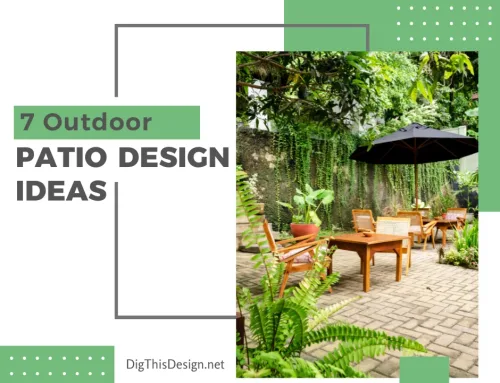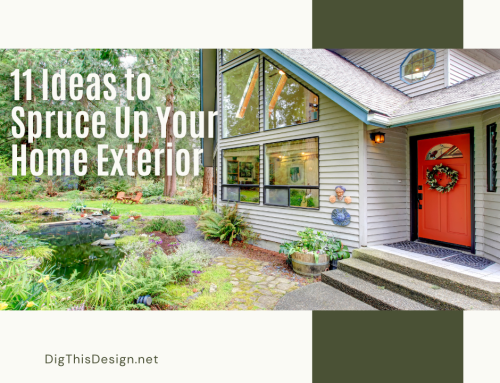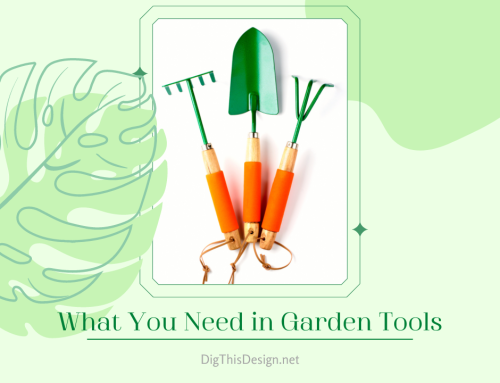Landscaping boulders are more than just heavy rocks placed in the yard; they’re strategic design elements that bring structure, texture, and drama to outdoor environments. Whether used as focal points, borders, or natural seating, boulders add a sense of permanence and earthiness that few other landscaping materials can match.
From rustic country gardens to sleek, modern landscapes, boulders create visual interest and blend effortlessly with natural surroundings. If you’re considering incorporating them into your next landscaping project, here’s what you need to know about their types, benefits, and uses.
5 Facts for Installing Landscaping Boulders

What Are Landscaping Boulders?
Landscaping boulders are large natural stones—generally over 10 inches in diameter—that are used decoratively or structurally in landscape design. These stones vary in shape, size, texture, and color, offering endless design possibilities for both residential and commercial landscapes.
Boulders can be sourced locally or imported from quarries and typically include stone varieties like granite, limestone, sandstone, basalt, and fieldstone. They may be smooth and rounded or rough and angular, depending on the stone’s origin and erosion process.
Top Benefits of Using Landscaping Boulders
Adding boulders to your landscape design offers more than aesthetic appeal—they also serve practical functions. Key advantages include:
- Natural Aesthetic: Boulders blend seamlessly into outdoor spaces, adding a rugged, organic look that complements both native plants and modern hardscapes.
- Erosion Control: Strategically placed boulders help manage soil erosion on slopes and hillsides, particularly during heavy rains.
- Low Maintenance: Unlike plants or mulch, boulders require no watering, trimming, or replacement—making them an ideal long-term investment.
- Year-Round Interest: Boulders add visual structure to your landscape in all seasons, even when plants are dormant in winter.
- Functional Design: Large stones can double as informal seating, natural boundaries, or even steps when set correctly.
Common Types of Boulders
The type of boulder you choose will influence the overall tone of your landscape. Popular choices include:
- Granite Boulders: Extremely durable and available in a range of colors, granite is great for high-traffic areas and structural applications.
- Limestone Boulders: Lighter in color and slightly softer, limestone offers a more refined and uniform appearance.
- Sandstone Boulders: Known for warm tones and rich textures, sandstone works well in desert or southwestern-style landscapes.
- Basalt Boulders: Often dark and smooth, basalt is perfect for modern or minimalist garden settings.
- Fieldstone: Naturally rounded and weathered, fieldstone boulders are ideal for rustic or woodland landscapes.
When selecting boulders, consider not just color and texture but also how the stone will weather and age over time in your specific climate.
Creative Ways to Use Boulders in Landscaping
Boulders can be used as a dominant feature or subtle accent, depending on their size and placement. Here are a few ideas to get you inspired:
- Accent Pieces: Use a single large boulder as a dramatic focal point in a flower bed or lawn area.
- Rock Gardens: Combine boulders with gravel, succulents, and small stones to create a dry, low-maintenance landscape feature.
- Water Features: Position boulders around ponds, waterfalls, or fountains to create a naturalistic water element.
- Seating Areas: Flat-topped boulders can serve as informal garden benches or edges around fire pits.
- Retaining Walls: Layered or stacked boulders can help support slopes while adding a bold design element.
The key to a successful boulder layout is thoughtful placement. Avoid creating symmetrical or overly structured designs—random and asymmetrical positioning often looks more natural and appealing.
Tips for InstallingBoulders
Installing boulders isn’t as simple as dropping them onto your lawn. Proper planning and placement are essential for both aesthetics and longevity:
- Choose the Right Size: Boulders look smaller from a distance. Choose a size that’s slightly larger than you think you need for impact.
- Dig a Base: Bury about one-third of the boulder to anchor it and make it look like part of the natural landscape.
- Use Machinery: Even medium-sized boulders are extremely heavy. Use skid steers or cranes for safe placement.
- Group Strategically: Clustering two or three boulders of varying sizes often looks more natural than a single piece.
Working with a landscape contractor experienced in stone placement can ensure a safe and beautiful result—especially for large or structural boulder features.
Rooted in Strength and Style
Landscaping boulders offer a bold and timeless solution for enhancing outdoor spaces. With their strength, versatility, and low maintenance requirements, boulders are a smart addition to any design—from peaceful backyard gardens to large commercial landscapes.
If you’re looking to add depth, definition, and organic elegance to your yard, consider the powerful presence of natural boulders. Properly placed, they can transform the ordinary into something extraordinary—giving your landscape both visual interest and long-term value.





